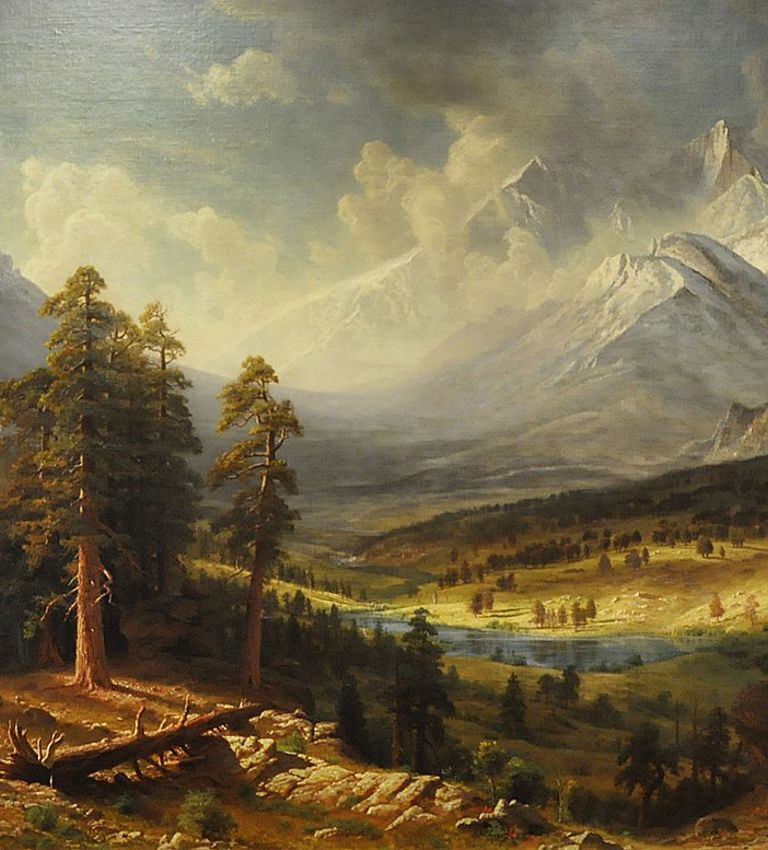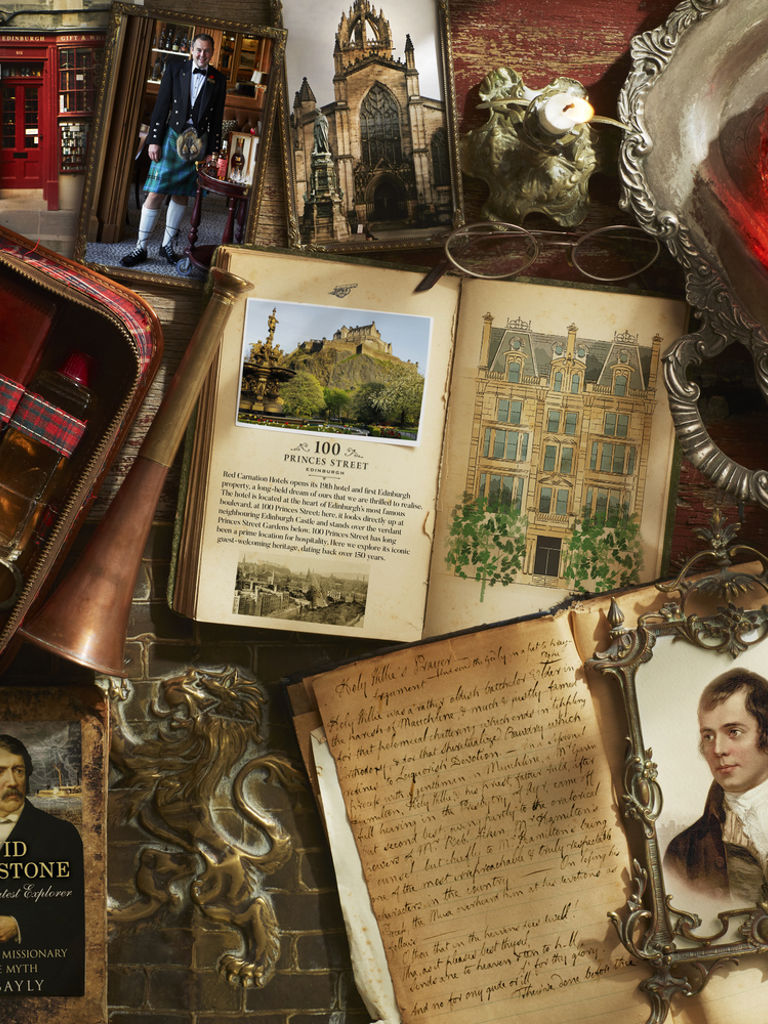
Isabella Bird: A Rocky Mountain cowgirl
Historian Jo Woolf tells story of Isabella Bird, a female explorer who broke the conventions of her time living as a rancher in the Rocky Mountains.

Historian Jo Woolf tells story of Isabella Bird, a female explorer who broke the conventions of her time living as a rancher in the Rocky Mountains.
Learn more about our 100 Princes Street development and our plans to incorporate the histories of Scottish explorers past.
Discover more